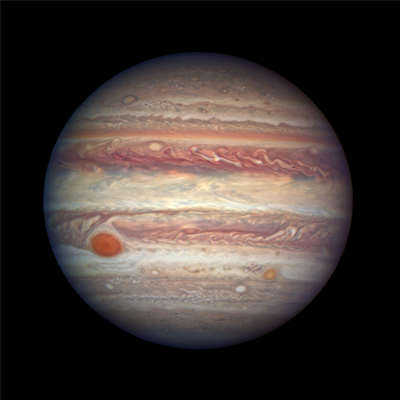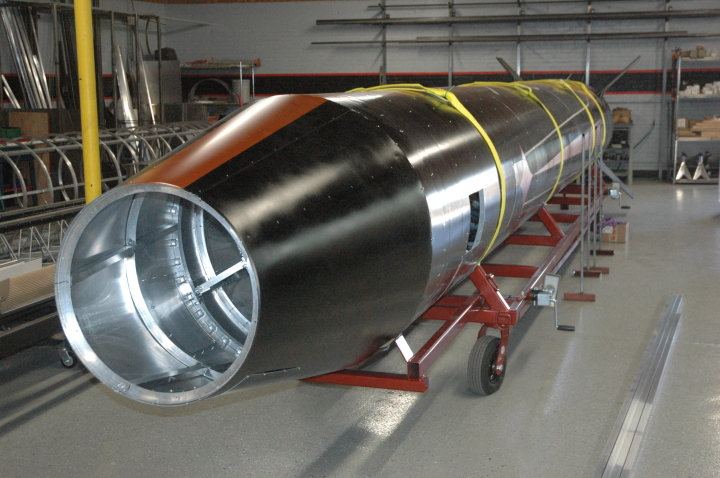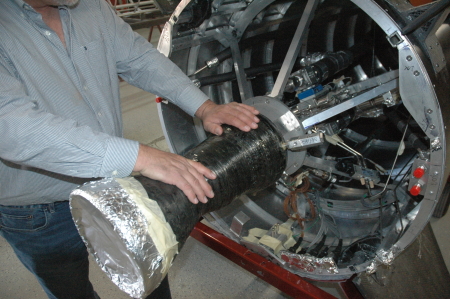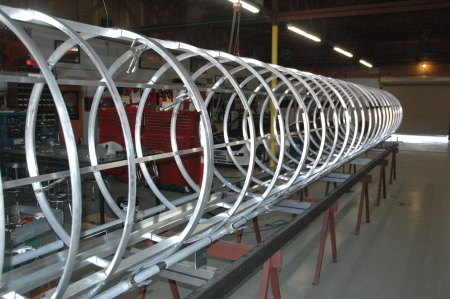ULA slashes launch prices for Atlas 5
Capitalism in space: In order to compete with SpaceX ULA announced this week that it will cut its launch price for the Atlas 5 rocket by one third.
United Launch Alliance has dropped the price of its workhorse Atlas 5 rocket flights by about one-third in response to mounting competition from rival SpaceX and others, the company’s chief executive said on Tuesday. “We’re seeing that price is even more important than it had been in the past,” Tory Bruno, chief executive of United Launch Alliance, or ULA, said during an interview at the U.S. Space Symposium in Colorado Springs. “We’re dropping the cost of Atlas almost every day. Atlas is now down more than a third in its cost,” Bruno said.
It appears that they have discovered that the prime reason they lost their bid of an Air Force GPS satellite launch to SpaceX was because their price was too high.
Capitalism in space: In order to compete with SpaceX ULA announced this week that it will cut its launch price for the Atlas 5 rocket by one third.
United Launch Alliance has dropped the price of its workhorse Atlas 5 rocket flights by about one-third in response to mounting competition from rival SpaceX and others, the company’s chief executive said on Tuesday. “We’re seeing that price is even more important than it had been in the past,” Tory Bruno, chief executive of United Launch Alliance, or ULA, said during an interview at the U.S. Space Symposium in Colorado Springs. “We’re dropping the cost of Atlas almost every day. Atlas is now down more than a third in its cost,” Bruno said.
It appears that they have discovered that the prime reason they lost their bid of an Air Force GPS satellite launch to SpaceX was because their price was too high.







